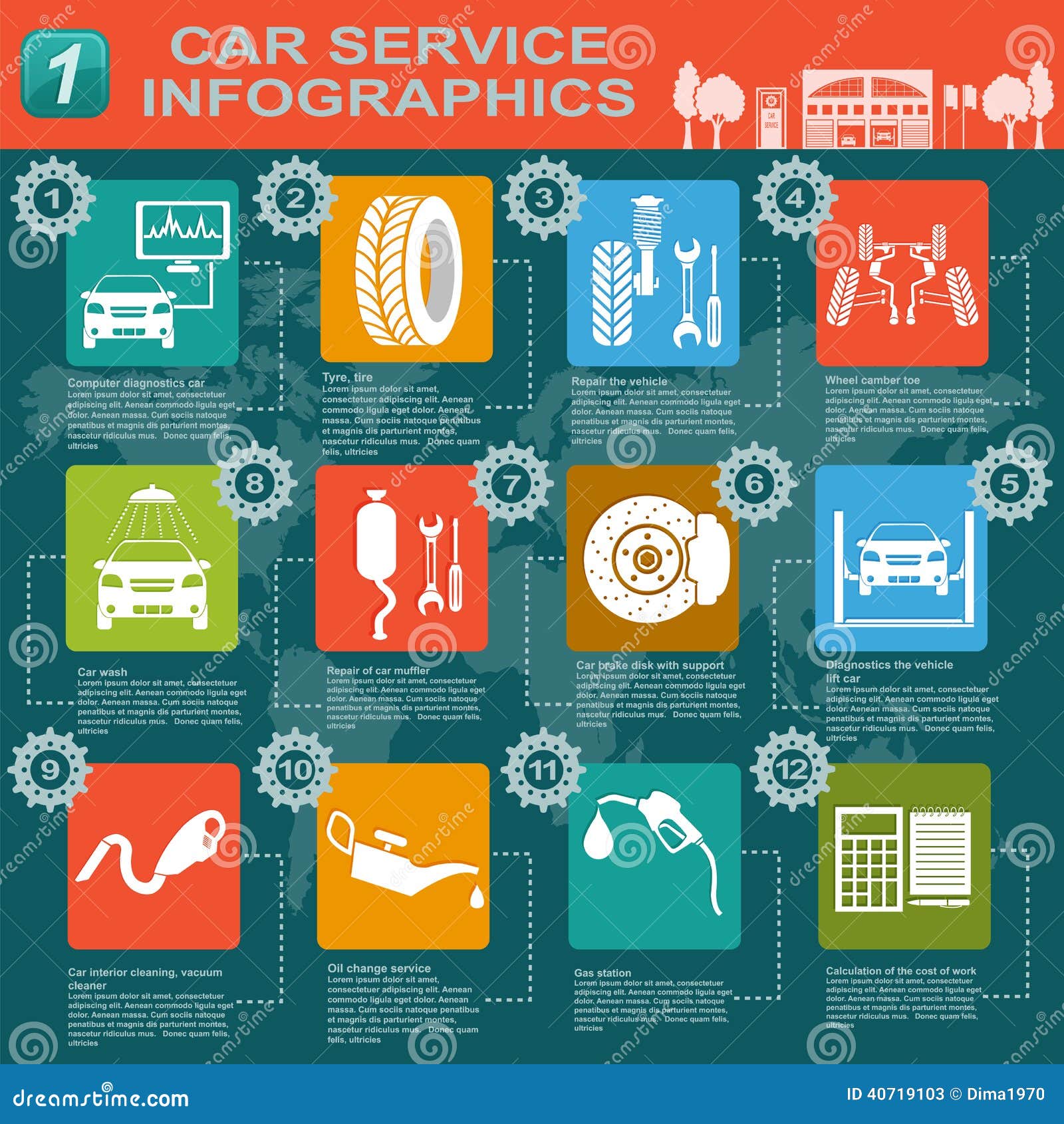Wondering Regarding The Meaning Behind Those Dashboard Warning Lights? Gain Insights Right Into Their Implications For Your Lorry'S Safety And Security And Upkeep
Wondering Regarding The Meaning Behind Those Dashboard Warning Lights? Gain Insights Right Into Their Implications For Your Lorry'S Safety And Security And Upkeep
Blog Article
Material Develop By-Sykes Alvarado
When you lag the wheel, those beautiful warning lights on your control panel can be a bit bewildering. Do you recognize what they're trying to tell you regarding your cars and truck's health? Understanding the relevance of these lights is important for your safety and the longevity of your automobile. So, the next time among those lights turns up, wouldn't you intend to understand its message properly and take the needed steps to resolve it?
Common Warning Lighting and Interpretations
Identify common warning lights in your cars and truck and comprehend their definitions to guarantee secure driving.
The most typical warning lights include the check engine light, which indicates concerns with the engine or emissions system. If https://www.hammontongazette.com/post/harbor-auto-repair-ii-now-open-122921 comes on, it's vital to have your vehicle inspected quickly.
The oil pressure warning light suggests low oil pressure, calling for prompt attention to avoid engine damages.
A blinking battery light could suggest a damaged billing system, possibly leaving you stranded if not resolved.
The tire stress surveillance system (TPMS) light notifies you to low tire pressure, impacting car stability and fuel performance. Overlooking this could result in harmful driving conditions.
The ABS light shows an issue with the anti-lock stopping system, compromising your capacity to quit swiftly in emergencies.
Lastly, the coolant temperature level advising light warns of engine getting too hot, which can cause serious damage otherwise dealt with promptly.
Comprehending these usual warning lights will assist you address concerns promptly and keep safe driving problems.
Importance of Prompt Interest
Understanding the typical warning lights in your automobile is just the primary step; the importance of promptly resolving these warnings can not be emphasized enough to guarantee your security on the road.
When a caution light illuminates on your control panel, it's your cars and truck's way of connecting a prospective issue that needs interest. Overlooking these cautions can lead to extra serious troubles in the future, jeopardizing your safety and potentially costing you much more out of commission.
Trigger interest to alerting lights can stop failures and mishaps. For example, a blinking check engine light can show a misfire that, if left unattended, can create damage to the catalytic converter. Addressing mouse click the next web site without delay can save you from a costly repair.
Similarly, a brake system advising light might signal low brake liquid or worn brake pads, essential components for your safety when driving.
Do It Yourself Troubleshooting Tips
If you notice a caution light on your dashboard, there are a few do it yourself troubleshooting ideas you can attempt prior to seeking expert aid.
The initial step is to consult your vehicle's guidebook to recognize what the specific warning light shows. In some cases the concern can be as simple as a loosened gas cap setting off the check engine light. Tightening the gas cap might settle the problem.
One more usual concern is a low battery, which can activate different alerting lights. Checking the battery links for corrosion and ensuring they're protected may fix the problem.
If a warning light continues, you can attempt resetting it by detaching the vehicle's battery for a couple of mins and then reconnecting it. Additionally, checking your automobile's liquid levels, such as oil, coolant, and brake fluid, can aid fix warning lights related to these systems.
Final thought
Finally, recognizing your automobile's warning lights is necessary for maintaining your automobile running efficiently and safely. By immediately attending to these notifies and understanding what they imply, you can avoid pricey repairs and possible break downs.
Remember to consult your car's manual for specific details on each alerting light and do something about it as necessary to make sure a trouble-free driving experience.
Stay notified, remain secure when traveling!
